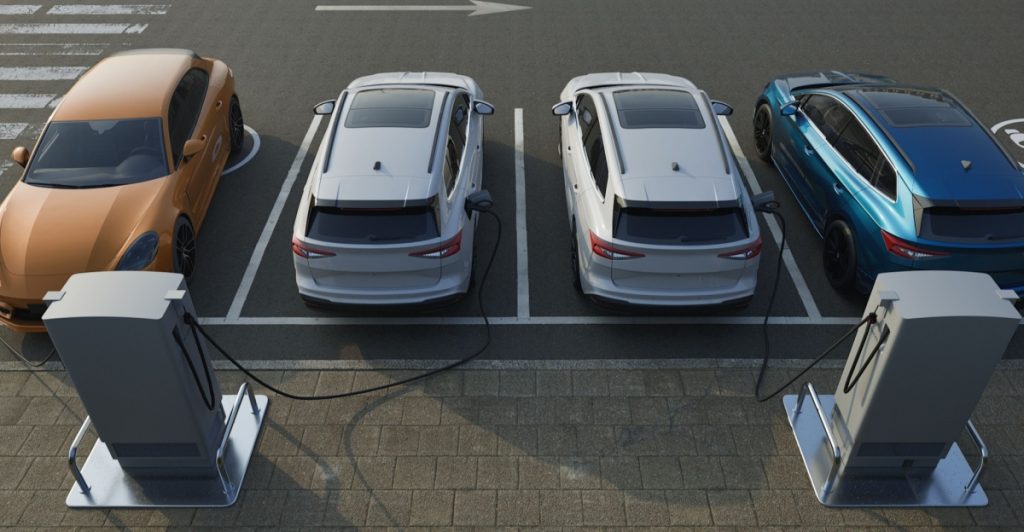What does it really cost to drive an EV — after five years?
Several popular models lose more than half their value. See which ones depreciate the most.
Others are reading now
The cost of an EV doesn’t stop at the dealership. For some models, the value can be cut in half within just five years — and for luxury cars, the loss is even greater. Before choosing your next electric vehicle, it pays to look at the numbers.
EV Depreciation in the Spotlight
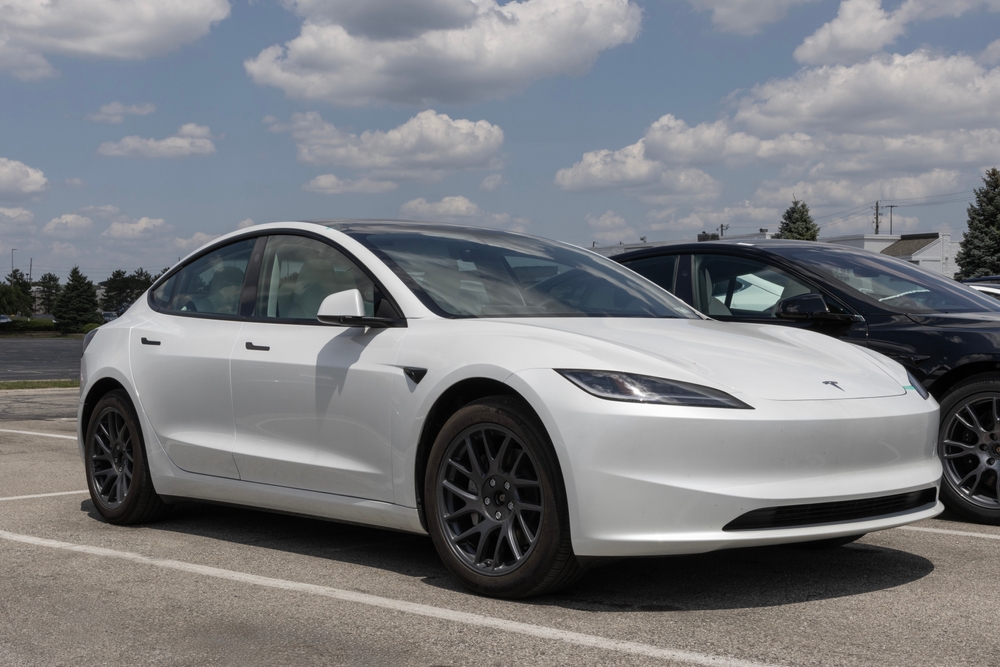
- A new analysis from eCarsTrade sheds light on the financial lifespan of EVs
- Several models lose over half their original value within just 5 years
- Luxury cars and older technologies are hit hardest
Tesla Model S
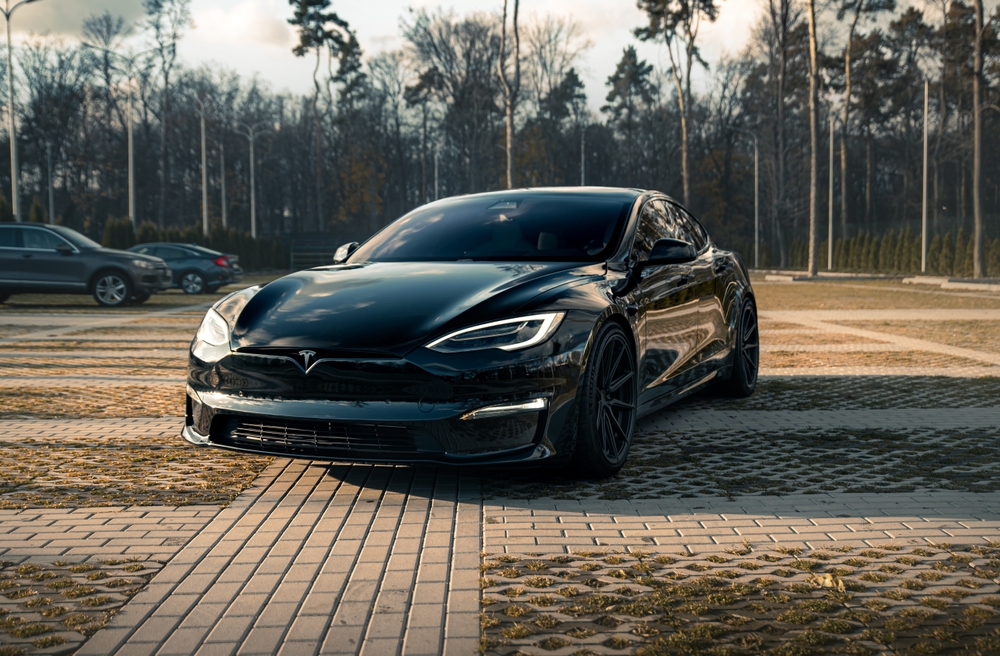
- Original price: $97,719
- Price after 5 years: $34,896
- Depreciation percentage: 64.2%
- Value lost: $62,823
Nissan Leaf
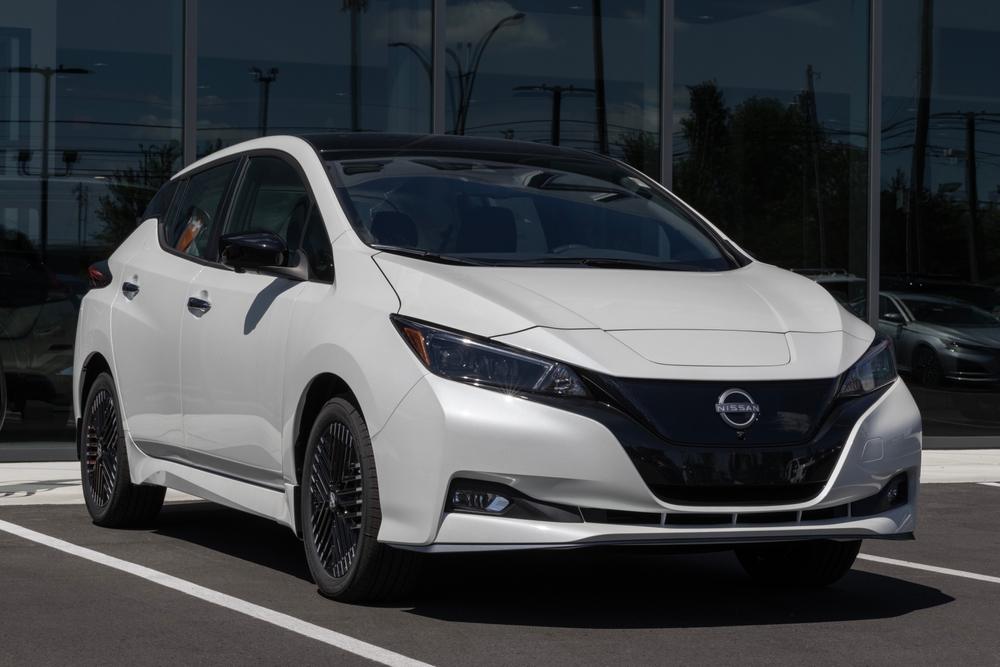
- Original price: $40,724
- Price after 5 years: $16,098
- Depreciation percentage: 60.4%
- Value lost: $24,626
Tesla Model Y
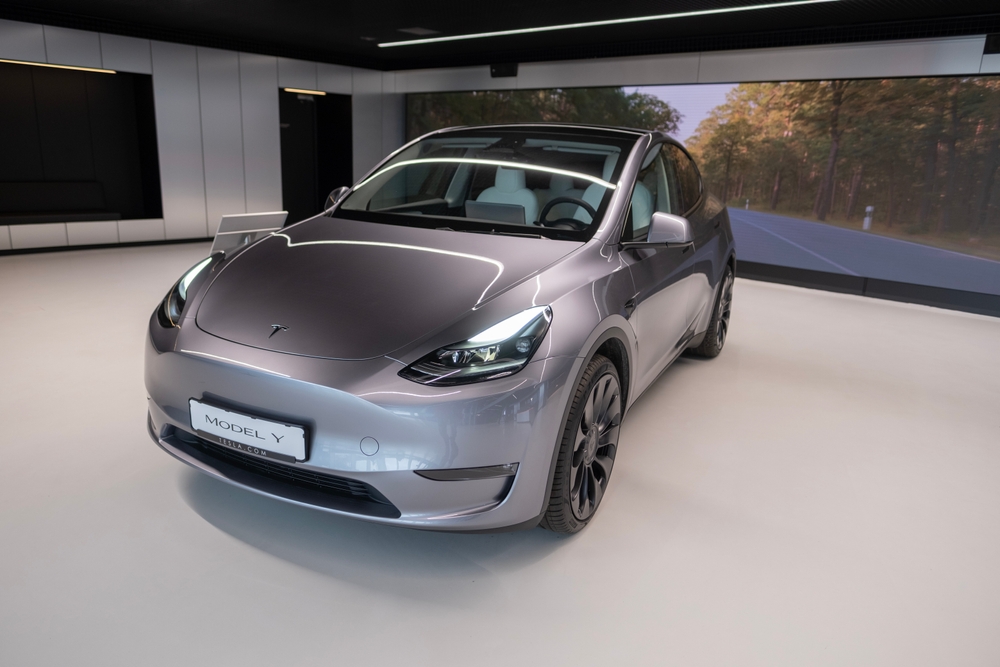
- Original price: $62,909
- Price after 5 years: $26,260
- Depreciation percentage: 58.5%
- Value lost: $36,649
Chevrolet Bolt EV

- Original price: $43,649
- Price after 5 years: $18,423
- Depreciation percentage: 57.8%
- Value lost: $25,226
Tesla Model 3
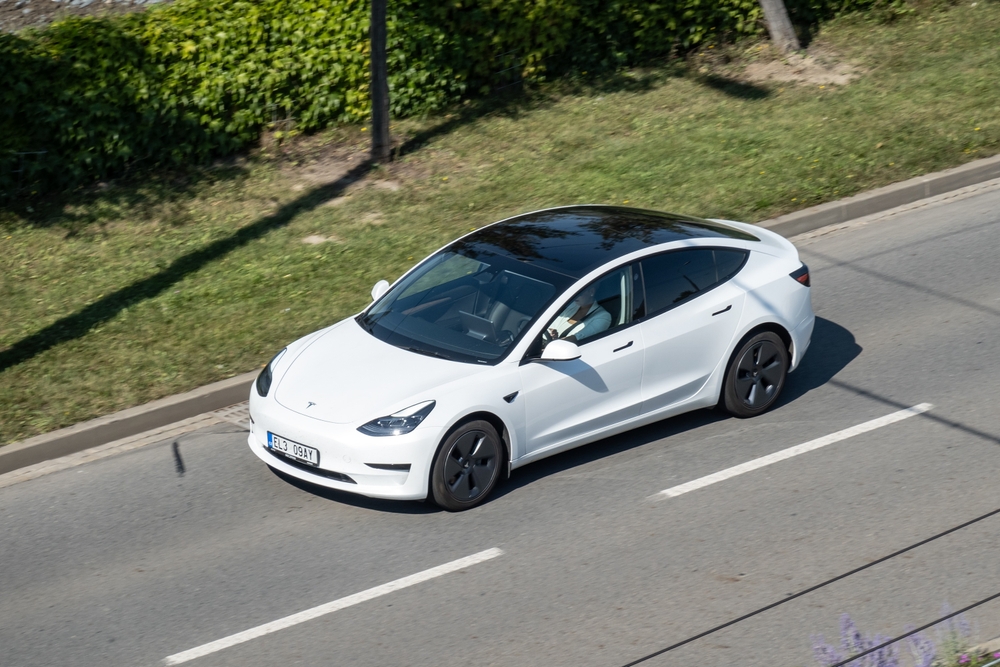
- Original price: $50,079
- Price after 5 years: $24,822
- Depreciation percentage: 50.4%
- Value lost: $25,257
Why Do EVs Lose So Much Value?
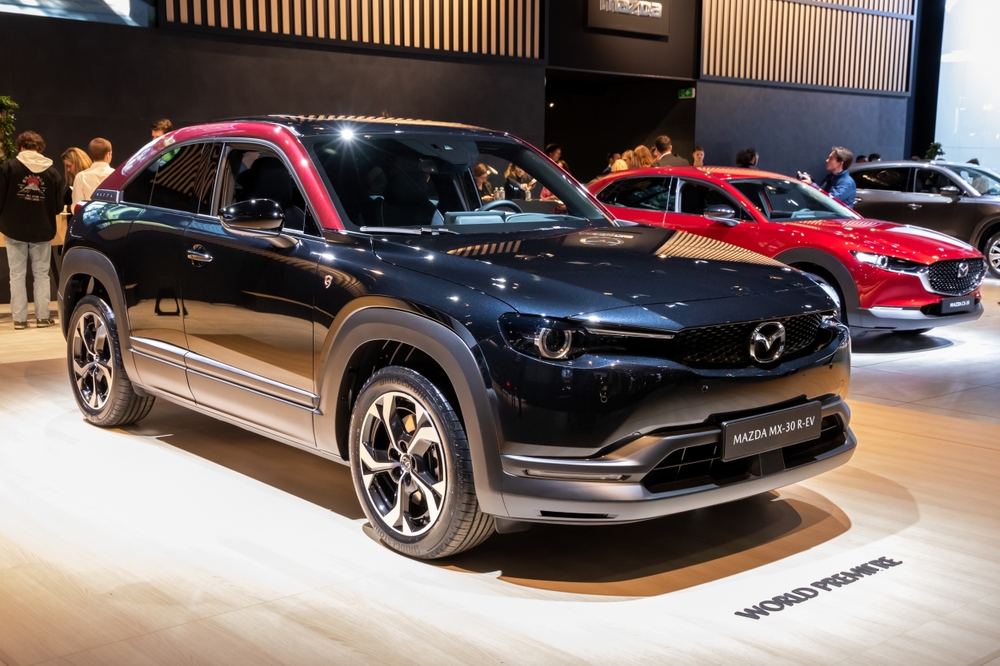
- Rapid tech development makes older models quickly outdated
- Buyers focus on reliability and cutting-edge features
- Strong branding and high prices don’t guarantee resale value
Good News for Used EV Buyers

- Electric vehicles can be very affordable compared to new models
- Opportunity to find a great deal on gently used cars
- Prioritize condition and up-to-date tech when shopping
Leasing – A Smart Alternative to Buying

- Avoid depreciation by leasing for 2–3 years
- Regularly upgrade to newer models
- No ownership, but watch out for unexpected costs
Downsides of Leasing
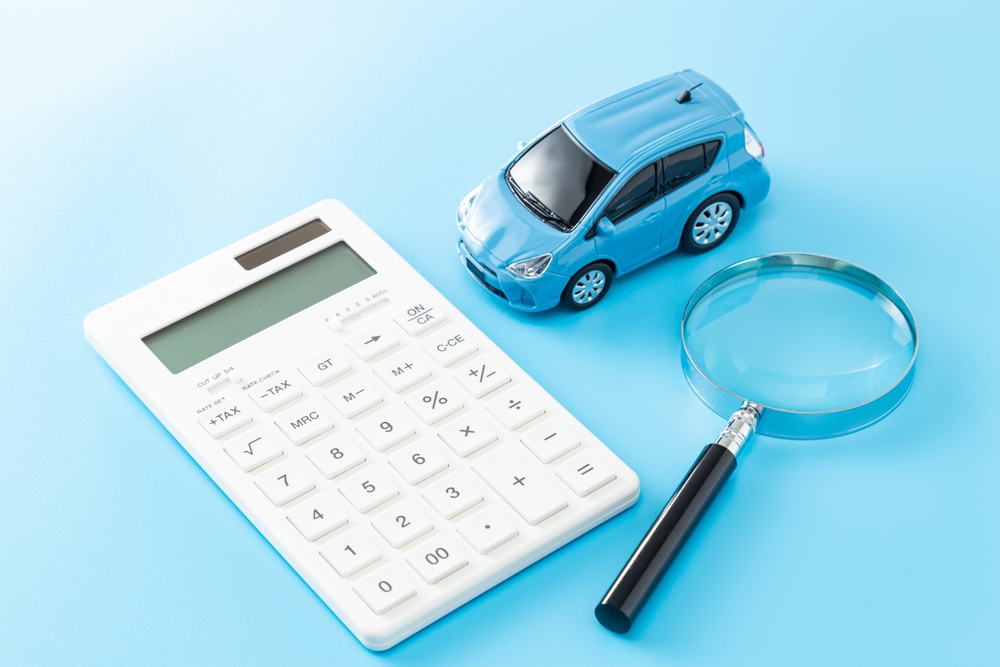
- No equity built in the vehicle
- Potential fees for damage or excess mileage
- Limited flexibility if your needs change
Think About Your Needs Before Deciding

- Buying: Long-term investment, but high risk of depreciation
- Leasing: More flexibility, but no lasting value
- Buying used: Great deals if you choose carefully

